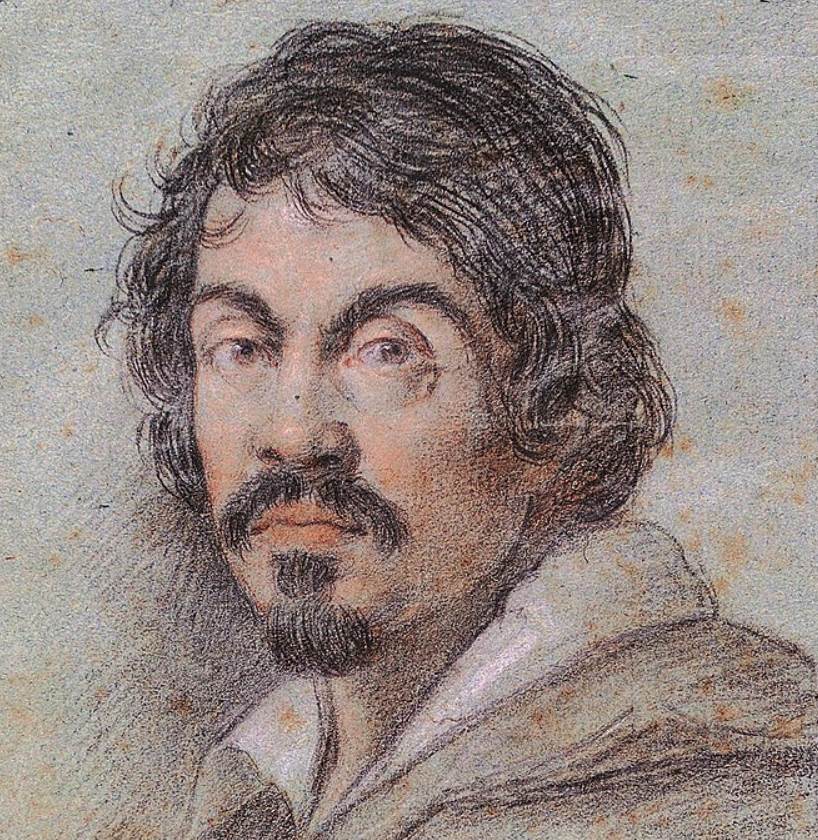When Michelangelo Merisi da Caravaggio (1571-1610) arrived in Rome in the early 1590s, he literally had nothing. That’s because his aggressive nature resulted in a serious crime (of which the exact details remain unknown) which forced him to flee the city of Milan in northern Italy.
The incredible talent of the artist of the Baroque era eventually allowed him to work himself out of his difficult situation, although it would take many more years before he actually earned his first major church commission.
Let’s take a closer look at some of the most interesting facts about “The Calling of St Matthew” by Caravaggio, an incredible Baroque painting in the oeuvre of Caravaggio.
1. It was commissioned in honro of a French Roman Catholic Cardinal
The Calling of St Matthew by Caravaggio is a remarkable work of art in many ways. It wasn’t just the artist’s first major church commission and the artwork that finally put him on the map in Rome after years of struggling, but also a revolutionary painting because of Caravaggio’s use of shadow and light.
The painting was commissioned to commemorate Cardinal Matthieu Cointerel, a French Cardinal in Rome who is often named by the Italian version of his name, Matteo Contarelli. It was completed by Caravaggio at the turn of the century between 1599 and 1600.
It was intended to decorate a chapel that commemorates the Cardinal, the Contarelli Chapel at the church of San Luigi dei Francesi church in Rome. This church can be found in the vicinity of Piazza Navona, a popular square in the center of the city.
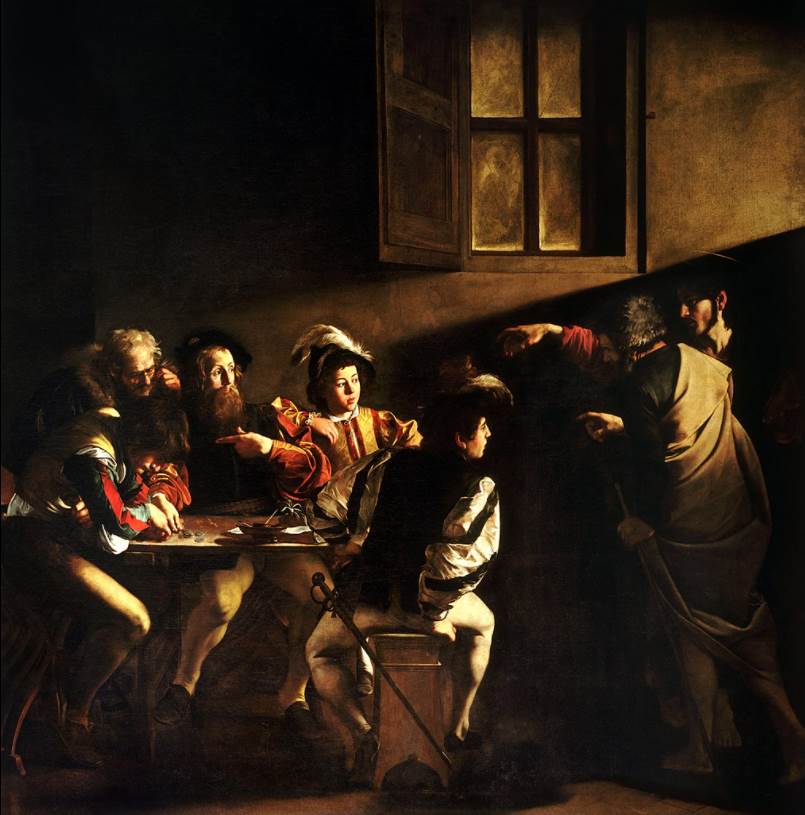
2. It depicts the moment that Matthew inspires Jesus to follow him
Cardinal Matthieu was the namesake of St Matthew so he commissioned several paintings related to stories from the Gospel of Matthew in the New Testament.
This particular painting depicts Matthew 9:9, the moment in which Jesus Christ calls a man named Matthew of “Levi” to follow him. Saint Matthew eventually becomes one of the Twelve Apostles of Christ according to the New Testament.
The story is fairly simple as the Gospel reads:
Jesus saw a man named Matthew at his seat in the custom-house, and said to him, “Follow me”, and Matthew rose and followed Him.
3. There are 2 theories as to which man in the painting Matthew is
At first glance, there seems to be no doubt about the identity of Matthew in the painting. The old man with the beard seemingly points to himself as if he’s saying “Me?”
Upon closer inspection, however, it’s very likely that the old man with the beard actually points towards the young man at the end of the table. He has his head then and in this case, the old man possibly utters “Him?”
Because there are no other clues in this particular work of art, it’s impossible to know for sure which man Caravaggio intended to be Matthew.
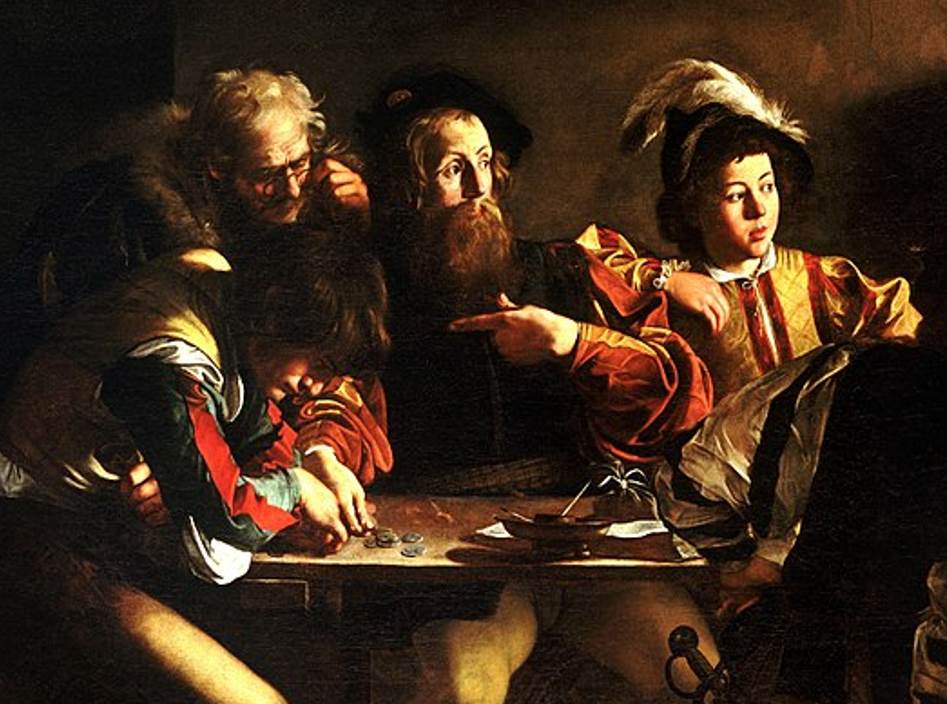
4. The identity of Christ is a lot clearer because of a particular gesture
Less than a century before Caravaggio pointed this masterpiece, his namesake Michelangelo (1475-1564) completed one of his most famous works, the ceiling of the Sistine Chapel at the Apostolic Palace in Rome.
One of the most famous parts of this immense fresco is a painting called “The Creation of Adam,” a work that can easily be described as one of the best-recognized religious images in the history of art.
In the New Testament, Jesus Christ is referred to as the “Last Adam.” Caravaggio most certainly saw the Sistine Chapel ceiling and painted the reaching hand of Jesus Christ in this work exactly as how Michelangelo painted the hand of Adam as it reaches out towards God.
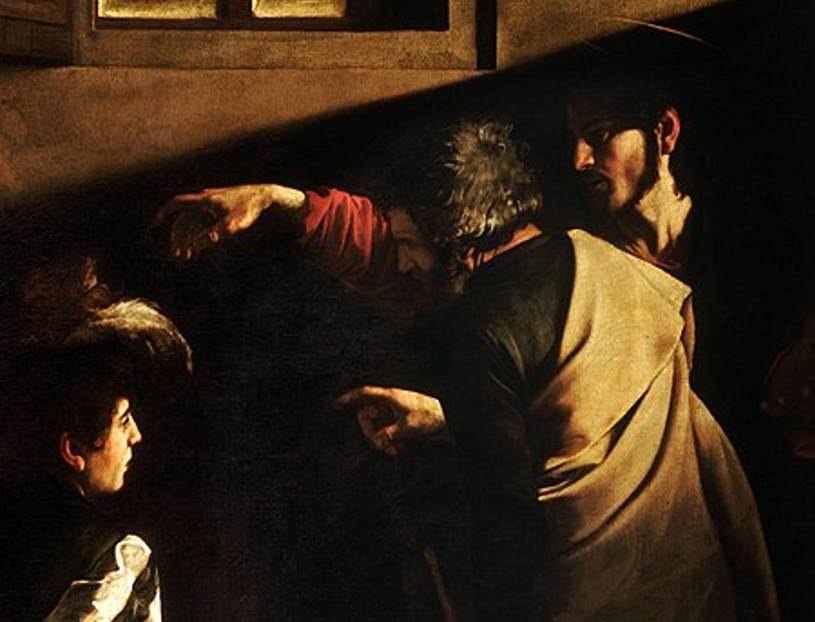
5. It still resides in the location it was originally commissioned for
You can admire the Calling of St Matthew in the same location as where it was commissioned for, the Contarelli Chapel at the San Luigi dei Francesi church near the Piazza Navona in Rome.
Just like most churches in Rome, this church has an amazing interior designed in the exuberant Baroque style of the late 16th century. It was completed in the year 1589 and Cardinal Matthieu Cointerel (1519-1585) was buried inside the church.
The painting hangs here together with 2 other masterpieces of Caravaggio related to St Matthew. These are “The Martyrdom of St Matthew” and “The Inspiration of Saint Matthew.”
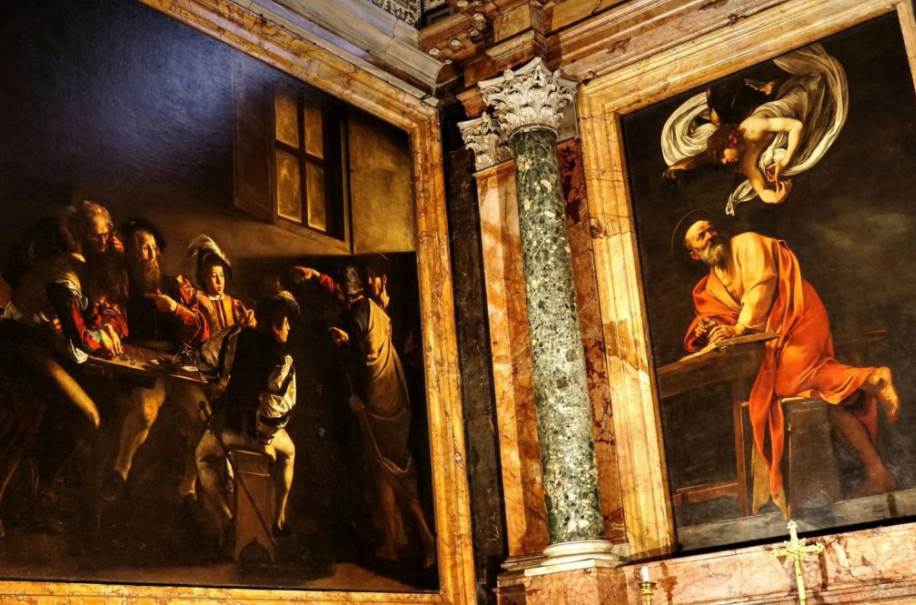
More interesting facts about The Calling of St Matthew by Caravaggio
6. Just like many other works by Caravaggio, these artworks inside the Contarelli Chapel are pretty big. The Calling of St Matthew has dimensions of 322 × 340 centimeters (127 × 130 inches).
7. The contract for this painting was signed on July 23, 1599, and both the Calling of St Matthew and The Martyrdom of St Matthew was installed the following year in July 1600.
The artist managed to earn the contract through his patron at the time, Italian Cardinal and diplomat Francesco Maria del Monte (1549-1627), a man who recommended his personal painter for the work.
8. The two paintings that were installed in July 1600 were originally supposed to be the only paintings of the artist inside the chapel. The people in charge of the project commissioned statues to be placed on the opposite wall but these were rejected.
Because they were so satisfied with the work of Caravaggio on the first two paintings (after several revisions), they commissioned “The Inspiration of Saint Matthew,” a painting that was completed and installed in the year 1602.
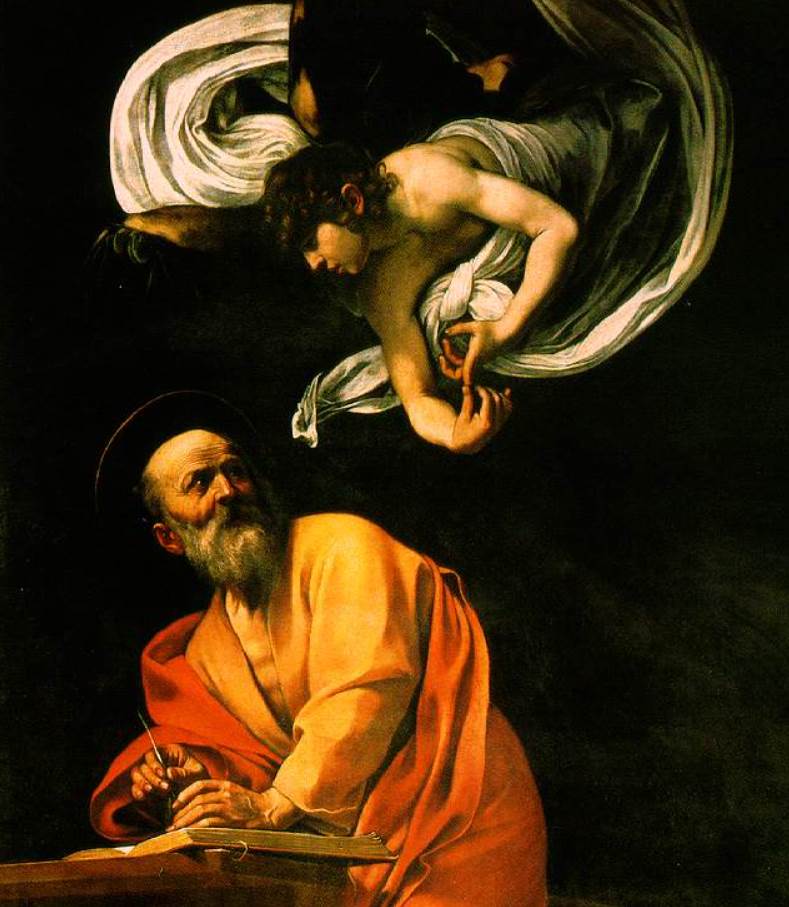
9. Caravaggio singlehandedly changed the course of art history during this period. Renaissance artists preferred proportion and balance, while Mannerist artists exaggerated and idealized the figures they painted.
The artist not only used a dramatic effect of light and shadow called chiaroscuro, a technique now referred to as “tenebrism,” but also returned to an extremely realistic depiction of the subject.
10. In that sense, the paintings inside the Contarelli Chapel can be described as a definite move away from Mannerism in the early 17th century.
This makes it all the more remarkable that Caravaggio was actually trained in the workshop of Giuseppe Cesari (1568-1640) during his early phase in Rome, a man who solely painted in the Mannerist style.
Then again, Caravaggio can hardly be described as the most predictable character in the world of art, and although his peculiar character didn’t help him in his personal life, it certainly did for his artistic career.
